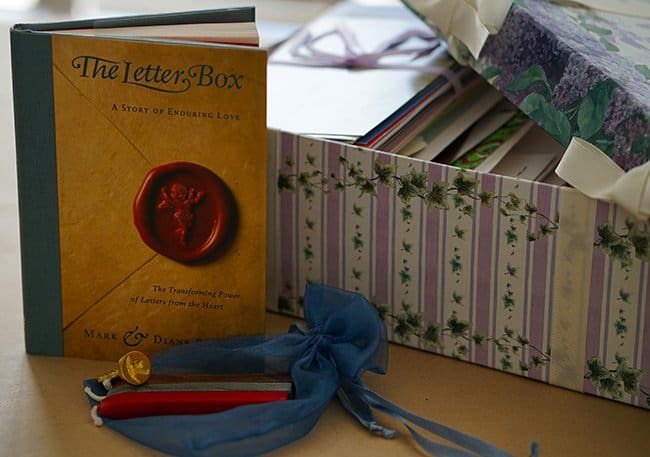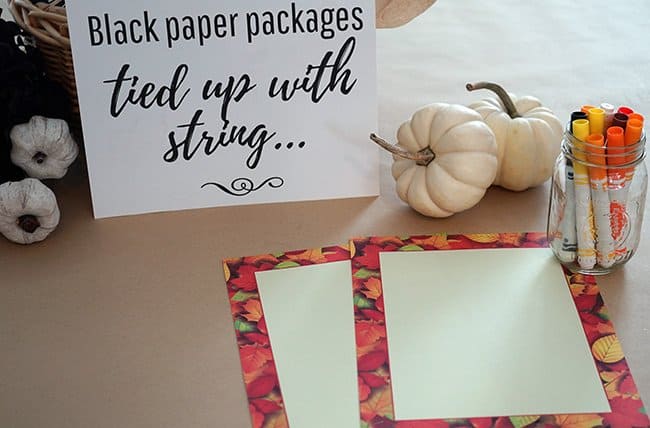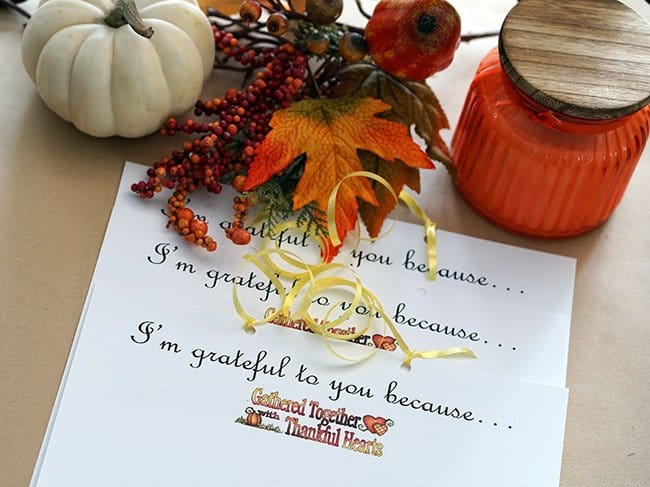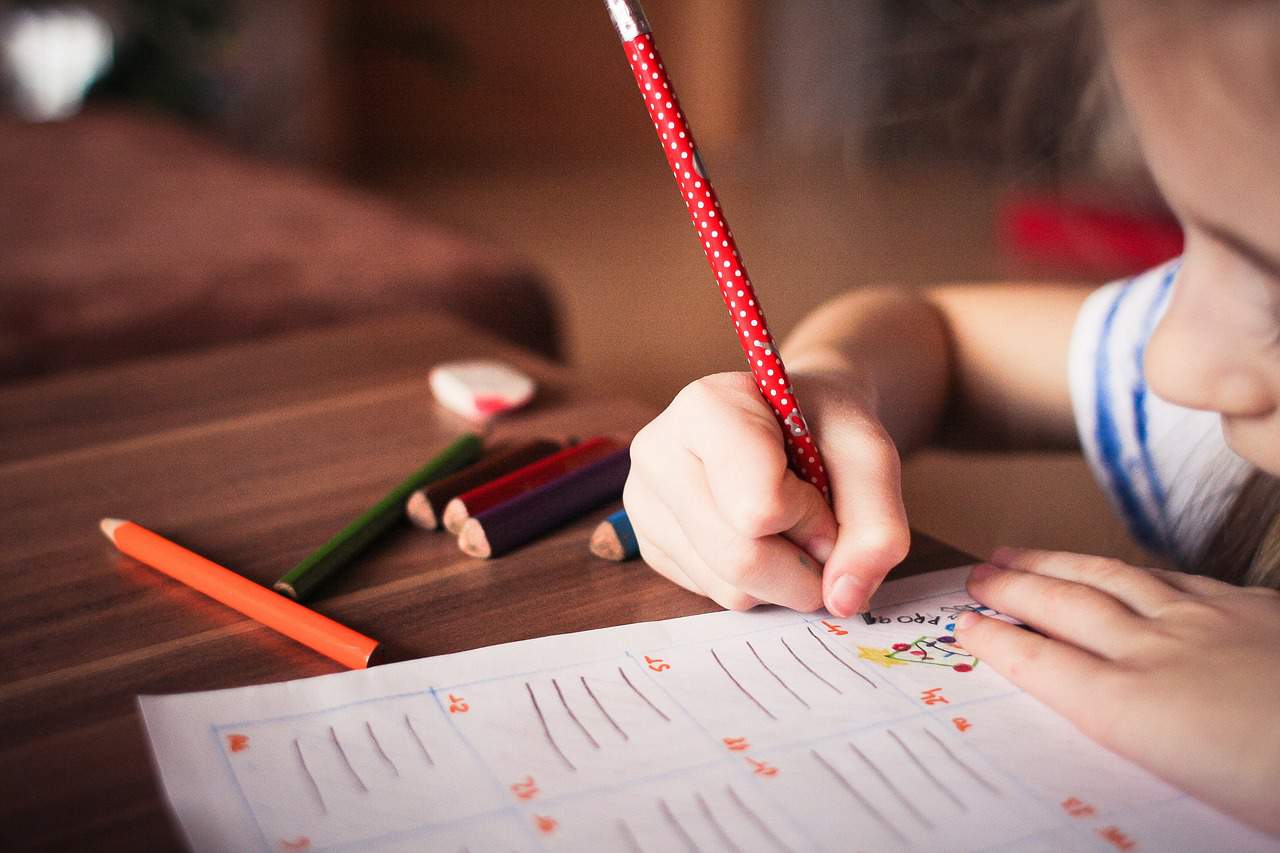Inside: Here are 10 powerful ideas on how to practice gratitude in your family despite living in an entitled world. Avoid the entitlement game. Teach your kids to be grateful and show gratitude and watch amazing things happen to your family.
How to Practice Gratitude: Fun Ideas for Parents & Kids
Parents, grandparents, educators, and social scientists are bemoaning the fact that kids today act entitled. Meaning they:
- act like the world owes them a living
- believe they are the center of the universe
- display little or no appreciation or gratitude for things done for them or given to them
- step on others to get what they want
Entitled adults and kids are everywhere. Don’t raise a child who becomes an entitled adult. They’re obnoxious. Replace entitlement with gratitude. Start today and teach your children simple principles of what gratitude means, and how to express and show it even if he or she is surrounded by an “attitude of entitlement” in the world.
Why gratitude? It’s one of those powerful virtues that teaches children and adults appreciation, generosity, and kindness. Gratitude changes people for the better. Gratitude is the antidote to entitlement.
Isn’t it interesting that Thanksgiving is the one time of the year that we make a concentrated effort to focus on gratitude and on being grateful? Maybe that’s why many kids today don’t understand what gratitude is or how to practice it. Perhaps it needs to be practiced more often…

We live in an entitled world. But, your children do not have to act entitled. As a parent, you can help them to be grateful and express gratitude. It is one of the most powerful anecdotes for what ails the world!
How to Practice Gratitude
Being grateful, showing, and expressing gratitude should be practiced year-round. It starts in the home with parents leading the way and being the example by giving their kids opportunities to practice daily gratitude. Parents also need to believe that having an attitude of gratitude is an important trait for their children to possess.
As I mentioned last year on my blog on Thanksgiving gratitude, there are many ways children and parents can practice and express gratitude throughout the year:
- a gratitude pumpkin
- gratitude journals (these personalized gratitude journals created by Sue Goodwin are beautiful)
- drawing or writing your gratitude each day
I also shared the reasons and scientific statistics of what happens to people who show and express gratitude. It’s powerful, and it’s something you want for your family.
This year, I’ve added 10 more things to that list. Included are activities to help you and your children develop an “attitude of gratitude” all year long.

Find a beautiful journal to write in (personalized ones are amazing) and write each day 3 things you are grateful for.
10 Amazing Ways to Practice Gratitude with Your Kids
1. Write Gratitude Notes to People
After keeping a gratitude journal for 23 years, I wanted to change things up a bit. I was inspired by a book, A Simple Act of Gratitude by John Kralik. Mr. Kralik, after experiencing “a year from hell,” started writing notes of gratitude every day to friends, family, and even semi-strangers.
365 notes later, he continued writing day after day for years. He became a new person.
I’ve always written lots of gratitude notes to friends, teachers, and others, but I decided to follow Kralik’s example and in 2013, I started writing notes of gratitude 3-4x a week. In the past 9 years, I’ve written over 1500 gratitude notes. It’s been a life-changer…

Try writing personal notes to people. John Kralik, the author of “A Simple Act of Gratitude,” writes a note each day to someone.
Writing a note to someone each day will help you to realize the contributions others have made to your life. It will increase your sense of the importance of friends and the influence of the community. Forever connections and feelings of gratitude are cemented.
Write Daily Notes
With your children or grandchildren, begin writing notes to people: friends, relatives, family, etc. Express your appreciation for something this person has done for you or how this person has influenced you. Maybe it’s something as simple as expressing appreciation and gratitude for their friendship. Maybe they were that listening ear when you desperately needed someone to talk to.
Write more than an email. The art of letter writing is disappearing. Taking time to put your thoughts together; folding the paper; putting it into an envelope; licking it closed; adding an address and stamp, and taking it to the post office are acts of deep caring. Yes, it will take more effort but again, a forever connection is made.
Kids Write a Note to a Teacher
Your children and grandchildren can write a note to a teacher who influenced them; to a friend; or to someone who has shown them extra kindness at school, on the playground, or in your neighborhood. It’s not hard to find people to thank and express gratitude to—it only requires looking around.
Years ago, I read a story about a man who wrote a note to his elementary school teacher expressing his gratitude to her for what she taught him as a young boy. She wrote him back, explaining that after 50 years of teaching, his was the first and only note of appreciation she had received from a student. She stated, “It came on a blue, cold morning and it cheered me as nothing has for years.”
Receiving notes from students means the world to a teacher. I have all the notes my students sent me and I cherish each one.
This year I helped my grandchildren write notes to their teachers, neighbors, and friends. They were so excited to deliver them!
2. Write Expressions of Gratitude for Your Home, Neighborhood, City/Town
Each day for the next two weeks or months, write down a blessing coming from your home and why each family member is grateful. These can be small, seemingly insignificant things that have meaning to only your family.
For example, in terms of your home, maybe your family is grateful for:
- squeaky doors because they let you know someone in the family has come home
- for grass, flowers, or trees in your yard–reminders that the beauty of nature is right outside the front door
- the “sounds” contained in the walls of your house on in the floorboards that give your family comforting reassurances that home is the best place to be
Extend this exercise and write your gratitude for your neighborhood, city, and country.

Take the time to look around your home for simple things you are grateful for–even a squeaky door that lets others know you are home.
3. Letter Boxes, Special Pens, and Memorable Notes
Parents and grandparents: write notes of gratitude to your children/grandchildren. Let them know how much you love and appreciate them; how grateful you are being their parent or grandparent and what you love about their unique personalities. Tuck these notes under their pillow or on a nightstand by their bed. Include a letterbox with the first note to keep the letters in one place.
Do one more thing: write all the notes to each child/grandchild with a particular pen that you have purchased. At the appropriate time—such as a rite of passage–give your child the pen and let him/her know that all the letters you have written to them were written with this special pen.

Parents–write notes of gratitude to your children. Give them a special box to keep these notes in and use a special pen to write the notes to your children.
Include Siblings
Have your children write notes to their siblings expressing their gratitude for having a brother or sister they love.
For other ideas see the book, The Letter Box: A Story of Enduring Love by Mark & Diane Button
4. Notes of Gratitude Using Your Child’s Artwork or Poetry
I love my children’s art! And I love the poems they have written. Here is a way to immortalize all those wonderful, creative scribbles.
When writing notes of gratitude to your children or grandchildren, instead of just writing on cards purchased from the store or a piece of paper, make them more special, personal, and meaningful. Take your children’s artwork, scan them into the computer, and create notecards from their art. Do you have a poet in the family? Take their poems and create cards using their poetry.
Our sons loved getting notecards with their artwork and/or poetry. They are simple to make and create many loving memories.
5. Gratitude Around the Table
This activity can be done any day of the year. If you try it on Thanksgiving, do it a few hours before you eat. Cover the kitchen table with brown utility paper. Supply crayons, pens, markers, and stationery for each person to write or draw their gratitude. This works especially well with young children who can’t yet write but who want to express gratitude by drawing a picture. Include a basket full of small treats so that as each person finishes writing/drawing their gratitude, they get a treat.
Maybe theme this activity. For instance, “Black Paper Packages Tied Up With String…” Think of lines or titles from songs or movies and personalize them. The treats for this theme are wrapped in black paper and tied with brown or white strings.

On Thanksgiving Day create a space for your children to write or draw their gratitude. Include a special treat for them when they are done. Having a theme can also be fun!
6. Gratitude Notes on Your Back
Again, this is an activity a family can do at any time of the year. It’s perfect for Thanksgiving.
Take a piece of cardstock paper and on the computer create a title at the top of the paper that says, “I am grateful to you because…” Punch two holes at either end of the paper and string ribbon through the holes so a person can put the paper over his/her head and hang them from their neck.
Each person takes one of the note papers, puts it on over their heads, and flips the paper to their backs. Have everyone write notes of gratitude and appreciation to each family member on the paper hanging from their backs.
This is a powerful activity for fostering sibling and family love.

Create a simple note with a ribbon for everyone in your family. Hang these notes from your neck, flip to your back, and have everyone write notes of gratitude to everyone in the family.
7. Yarn Activity: Strengthening Family Connectedness
Gather your family in a circle. Pass three balls of colored yarn to three people. Toss the balls of yarn back and forth across the circle, but hold onto a piece of yarn that comes to you. The result is a beautiful web of intertwined yarn across the circle. Ask everyone to wiggle their yarn and watch how the whole web vibrates with something akin to love and gratitude. Use this as an illustration that every member of the family is connected, supported, and intertwined with one another. Every family member needs one another.
For more information see: Communion, Community, Commonweal by Sue Monk Kidd

This is a simple yarn game where everyone in a circle, tosses a ball of yarn to someone. Eventually, a web is created–symbolizing the connections we have as a family and community
8. Verbal Expressions of Daily Gratitude
Raising a family is a 24/7 job and there will be days when it will be difficult for everyone to write in their gratitude journals. So, pick out the busiest month of the year, and each day, rather than writing your gratitude, verbally express your gratitude.
Joan Chittister, author of In a High Spiritual Season suggests saying these words each day to someone or something: “I wish you happiness now and whatever will bring happiness to you in the future.”
Then step back and watch how this simple exercise helps everyone in the family feel gratitude for all things and people on the earth.
9. The Silver Lining in the Cloud
Throughout the year, take the opportunity with each of your children to write down something they experienced that was difficult and challenging and stretched them to their limits. When they were in the trenches of this trial, perhaps it seemed like the worst thing, ever. Now, looking back on that experience ask each child, “What did you learn? Can you express gratitude for this experience? Can you now see that instead of it being something horrible, it was actually a “blessing in disguise?”’
Teach your child that life is filled with challenges and disappointments. However, there is always a silver lining in every cloud. There is always something we can learn from the pains we experience. There is always something we can be grateful for when going through the hard knocks of life. Help your child to write down why he/she is grateful for those growing experiences and what valuable lessons they learned.
10. Start a Collection of Books on Gratitude
Last, start a collection of books on gratitude that you can read to your children and as a family throughout the year. Here are some suggestions to get you started.
Books on Gratitude for Children
The Blessings Jar: A Story About Being Thankful by Colleen Coble
The Other Side: Children’s Picture Book On Being Grateful by A. M. Marcus
Grateful: A Song of Giving Thanks by John Bucchino
Thanks a Million by Nikki Grimes
Being Thankful by Mercer Mayer
Books on Gratitude for Adults
The Gratitude Jar by Josie Robinson
Grateful: The Transformative Power of Giving Thanks by Diana Bass
The Little Book of Gratitude: Create a life of happiness and well-being by giving thanks by Robert Emmons
Thanks! How Practicing Gratitude Can Make You Happier by Robert Emmons
Thank & Grow Rich: A 30-Day Experiment in Shameless Gratitude and Unabashed Joy by Pam Grout
What are your experiences with gratitude? Does your family have gratitude traditions? Do you have gratitude games or activities you do as a family? Please share in the comment section below.
“Teaching Tips for Parents” gives additional ideas to parents on how to use gratitude as a teaching experience.
(to watch the video that goes with this week’s blog. Click here)
Want to remember this? Post, “How to Practice Gratitude in an Entitled World” to your favorite Pinterest board!
















Hard time with my daughters tonight led me here. Been looking in the Web for quotes about “parenting is difficult but fulfilling” and I found the perfect site for me. Thanks for your articles. Helped me refresh my parenting skill
I’m sorry you are having a “hard time with your daughter.” There were many times I had the same with my sons. Parenting, as you know, is anything but easy. And yes, it is fulfilling but we all need some help along the way. I’m so glad my site has been helpful for you–and thank you for your kind words!
This post is amazing, Sharlene! I feel like I become a better person after reading your posts because you have a way of making me reflect on myself and how I am fairing as a mom, wife, daughter, friend, etc.
Marching Band season will be ending the weekend before Thanksgiving. It’s been a crazy time for Zach and our family. He’s definitely had moments where he couldn’t take the commitment and just plain out broke down! Of course we’ve talked him through it and have kept him pushing forward, but it hasn’t been easy. I love the idea of reflecting on this time with him and asking him what he feels he’s learned and how has he grown from the experience. Thank you for this! You truly are amazing ????
Thank you, Tiffany–I think you are pretty darn amazing, too! I remember those days when my kids were in marching band and orchestra. Unless a parent has a child in those activities, they don’t understand the commitment that is required. It’s a TON of work–both for the parents and the child. He will look back on this (as did my sons) and will admit that it was the most amazing experience ever. So many lessons learned from music! Thank you for sharing!
I loved reading your blog today! You always have such thought-provoking ideas to share. I now have some new ideas for our kids and grandkids. This blog was definitely something I needed to read. Instead of being self-absorbed, I should be thinking of ways to show my gratitude, and be a better example to my family.
Thank you, Cheryl! You are a grateful person! I’ve experienced your gratitude first-hand! And yes, we all need to be more grateful for pretty much everything–thank YOU for your continued support!